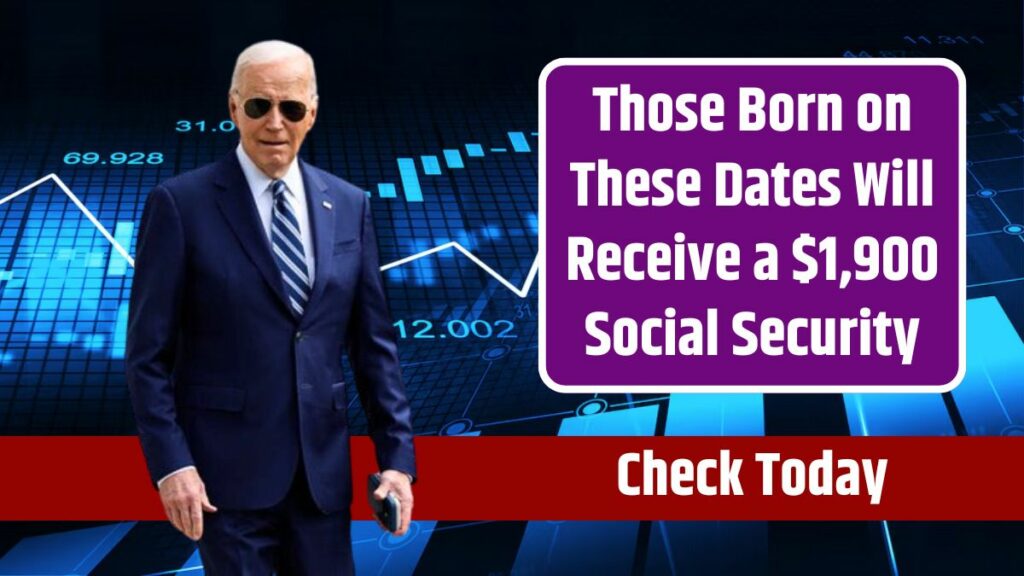Summer is here, and while many of us are planning vacations, the Social Security Administration (SSA) remains hard at work. In July, the SSA continues to distribute monthly payments to beneficiaries. This month’s third batch of checks was delivered on July 17, with the average monthly payment for retired workers increasing to $1,900 due to the cost-of-living adjustment.
Eligibility
Social Security provides monthly benefits to several groups, including retired workers, survivors, and those receiving disability benefits such as Social Security Disability Insurance (SSDI) and Supplemental Security Income (SSI). Knowing eligibility is crucial for those relying on these benefits.
Schedule
The SSA doesn’t issue payments on the same day to everyone, which can confuse those unfamiliar with the payment calendar. However, once you grasp the schedule, it’s quite simple. Here’s an overview of the July payment schedule:
- July 17: Benefits for those born between the 11th and the 20th of any month, who began claiming benefits after May 1997.
- July 24: Benefits for those born between the 21st and the 31st of any month, who began claiming benefits after May 1997.
The general schedule for the year involves benefits distributed on the 1st and 3rd of each month for special cases, and on the second, third, and fourth Wednesdays for the rest of the beneficiaries. If a payment date falls on a weekend or a federal holiday, the payment is made on the previous business day.
Payment Methods
Most beneficiaries receive payments via direct deposit to their bank accounts, the fastest and safest method. However, bank processing times can sometimes cause delays. It’s a good idea to contact your bank if you have concerns about your payment schedule.
For those receiving payments by mail, checks are sent with the goal of arriving on the promised date. However, factors like weather and postal service routes can cause delays. If a payment doesn’t arrive on the expected date, the SSA advises waiting three additional days before contacting them to allow for possible mail delays.
Handling Overdue Benefits
When a beneficiary is due a large sum of overdue benefits that meets a certain threshold, the SSA pays these in installments rather than a lump sum. Specifically:
- Unpaid benefits: If the amount, after reductions, equals or exceeds three times the top federal benefit rate plus any federally-run state supplement, payments are made in up to three installments at six-month intervals.
- Exceptions: Include conditions expected to result in death within 12 months or ineligibility for benefits for the next 12 months.
- Increased Installments: The first and second installment amounts can be increased to cover certain debts and expenses, such as food, clothing, shelter, and medical needs, or to buy a home.
Cost-of-Living Adjustments
This year, Social Security payments increased by 3.2% due to cost-of-living adjustments. These adjustments help beneficiaries maintain their purchasing power amid inflation, ensuring payments are adequate to cover basic needs.
To plan ahead, beneficiaries can check the Social Security payment schedule for 2024, providing a detailed breakdown of payment dates. Knowing these dates is essential for managing finances effectively and ensuring timely receipt of payments.
Knowing the Social Security payment process helps beneficiaries manage their finances better and reduces the stress associated with receiving these vital funds. Staying informed about the schedule and methods of payment ensures that beneficiaries can navigate the system smoothly.
FAQs
When are July’s Social Security payments?
Payments are on the 17th and 24th for most.
Who qualifies for Social Security benefits?
Retired workers, survivors, and disability recipients qualify.
How are Social Security payments delivered?
Payments are mainly via direct deposit or mail.
What if my payment is delayed?
Wait three days, then contact SSA.
What is the 2024 payment schedule?
Check the full schedule on the SSA website.



